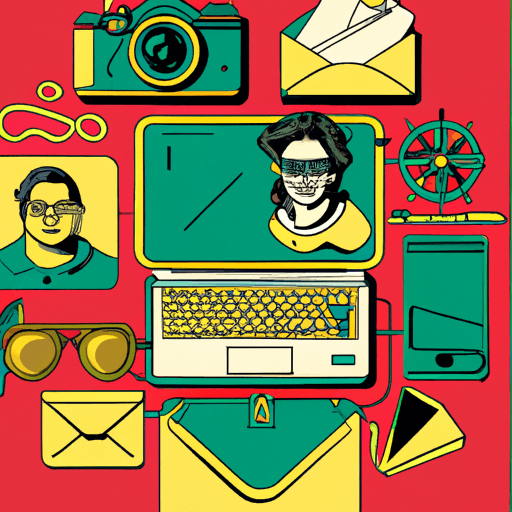Exploring How Social Media Has Impacted Art and Culture Over the Past Decade
In the past decade, the rise of social media has had a significant impact on art and culture. Social media platforms such as Instagram and Twitter have changed the way we interact with art and culture, offering new opportunities for creative expression, promotion, and consumption. In this article, we will explore how social media has both positively and negatively impacted the promotion and consumption of art and culture, as well as the implications these changes may have for the future.
Positive Impacts of Social Media on Art and Culture
One of the most significant positive impacts that social media has had on art and culture is the democratization of the creative process. With social media, anyone can share their art with the world without having to rely on traditional gatekeepers such as galleries or curators. This has enabled a new generation of artists to gain exposure and reach audiences that may have been previously inaccessible. Furthermore, the advent of social media has also made it easier for artists to promote their work, reach new fans, and make money from their art via platforms such as Patreon.
Social media has also had a positive impact on the consumption of art and culture. Platforms such as Instagram and Twitter have made it easier for people to discover new art and learn about different cultures. Additionally, these platforms have enabled people to participate in creative conversations and debates. This has resulted in a greater appreciation and understanding of different art forms and cultures.
Negative Impacts of Social Media on Art and Culture
While social media has had many positive impacts on art and culture, it has also had some negative effects. One of the biggest negative impacts is the pressure to constantly create and promote content. This can be overwhelming and lead to burnout for artists and creators. Additionally, social media has enabled the rise of like culture, where the focus is on getting likes and followers rather than creating quality content. This can lead to a devaluation of art and culture, as well as a rise in plagiarism and copycatting.
Furthermore, social media has also had a negative impact on the consumption of art and culture. Platforms such as Instagram and Twitter are increasingly becoming echo chambers, where people only consume content that reinforces their existing beliefs and opinions. This can lead to a lack of understanding and appreciation of different art forms and cultures.
Implications for the Future
The impact of social media on art and culture is likely to continue to grow in the future. As more people of all ages and backgrounds join social media platforms, there is potential for even greater democratization of the creative process and more diverse representation of art and culture. However, it is also important to be aware of the potential pitfalls of social media and the need for safeguards against the pressure to constantly create and promote content, as well as the rise of like culture.
Overall, the rise of social media has had a significant impact on art and culture over the past decade, both positively and negatively. In the future, it is likely that these impacts will become even more pronounced, and it is important that we take steps to ensure that art and culture remain a positive force in our lives.

















Comments
Leave a Comment